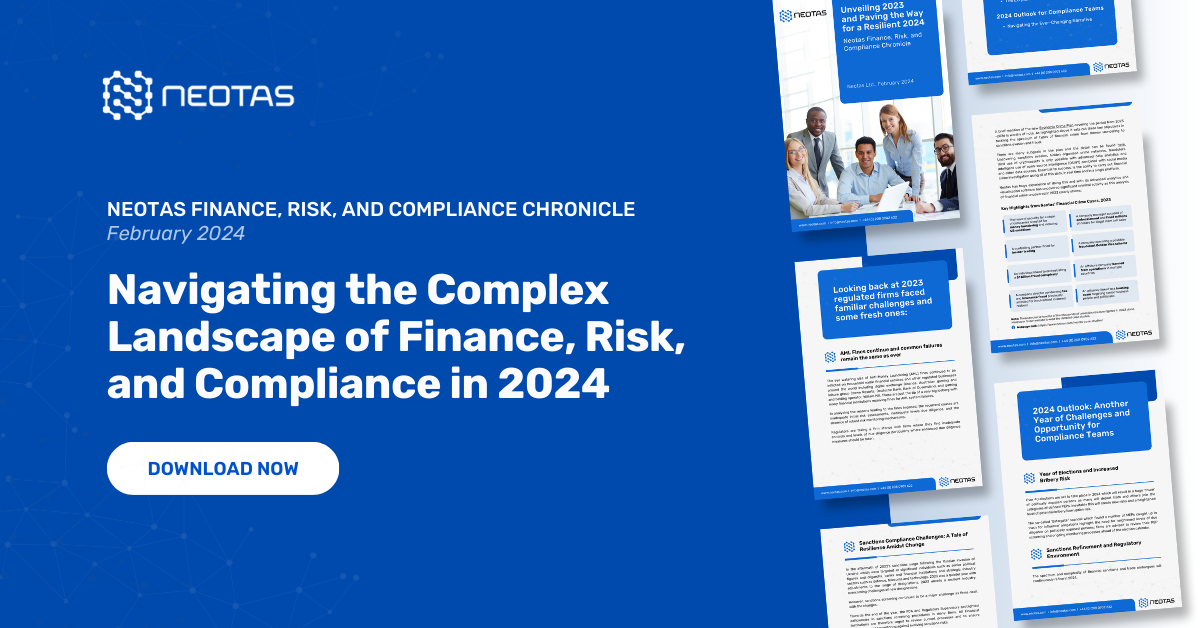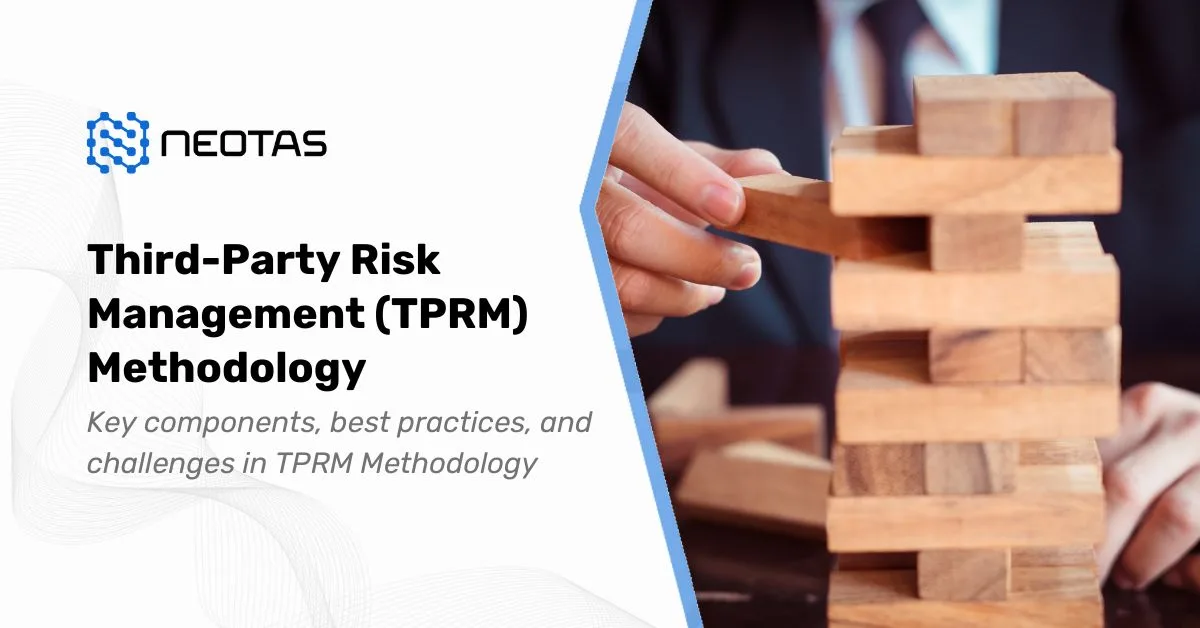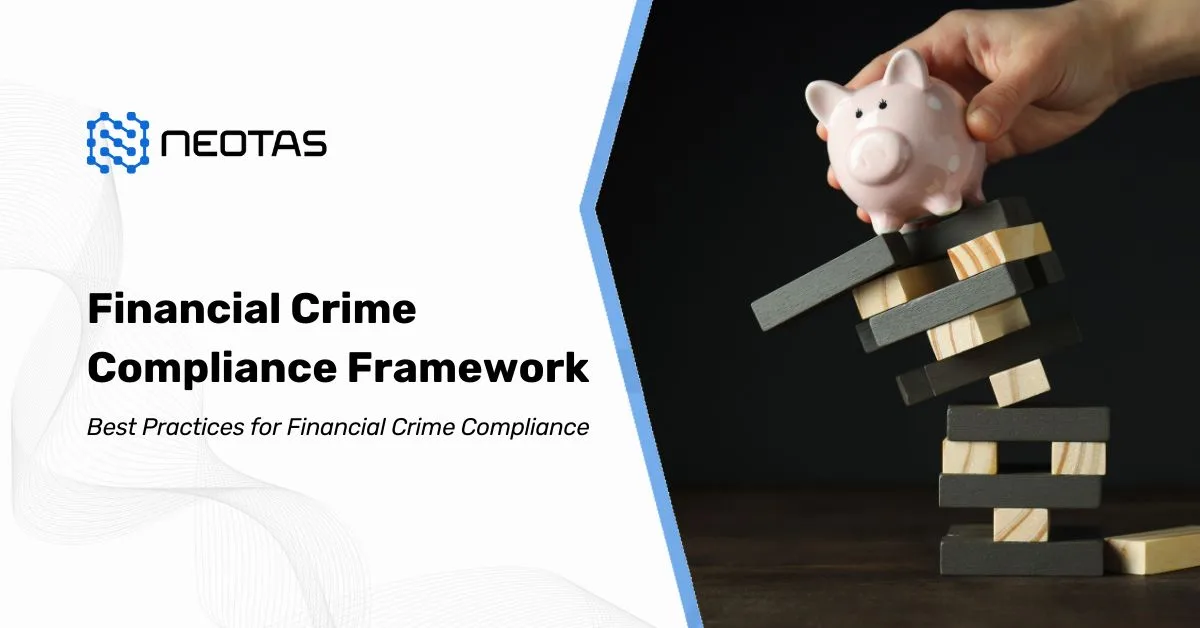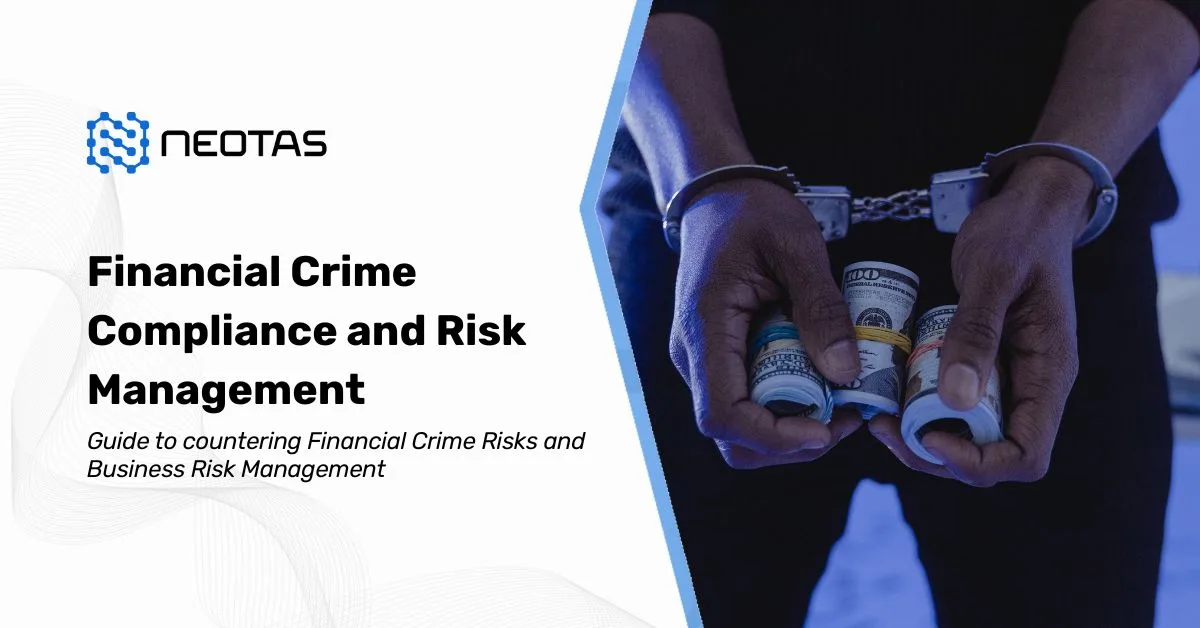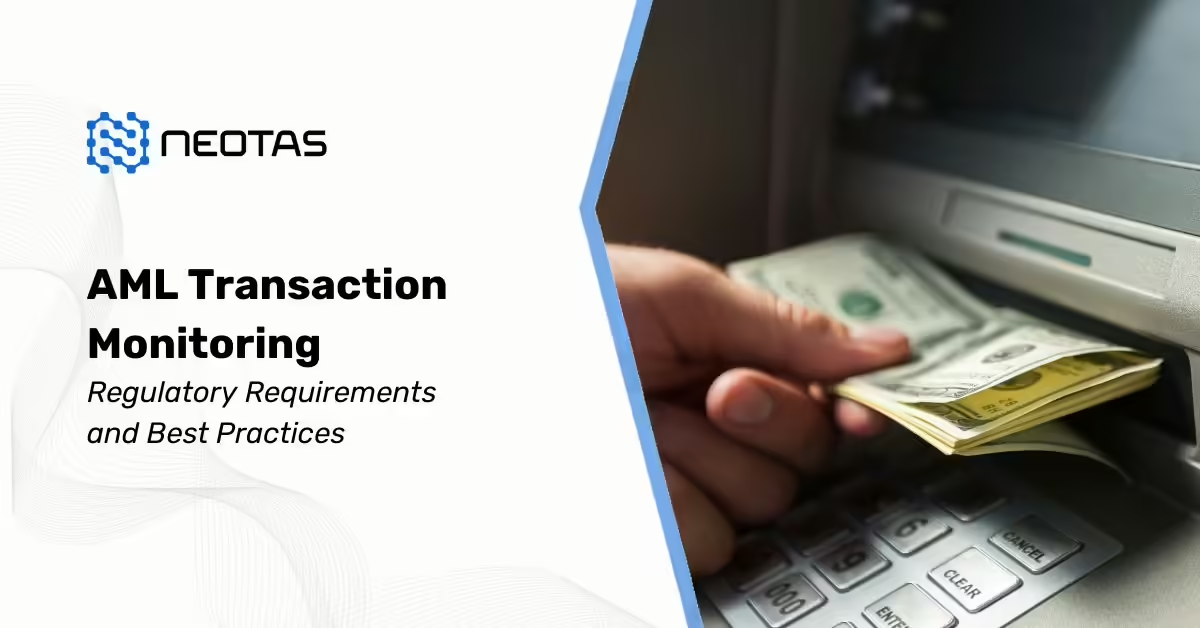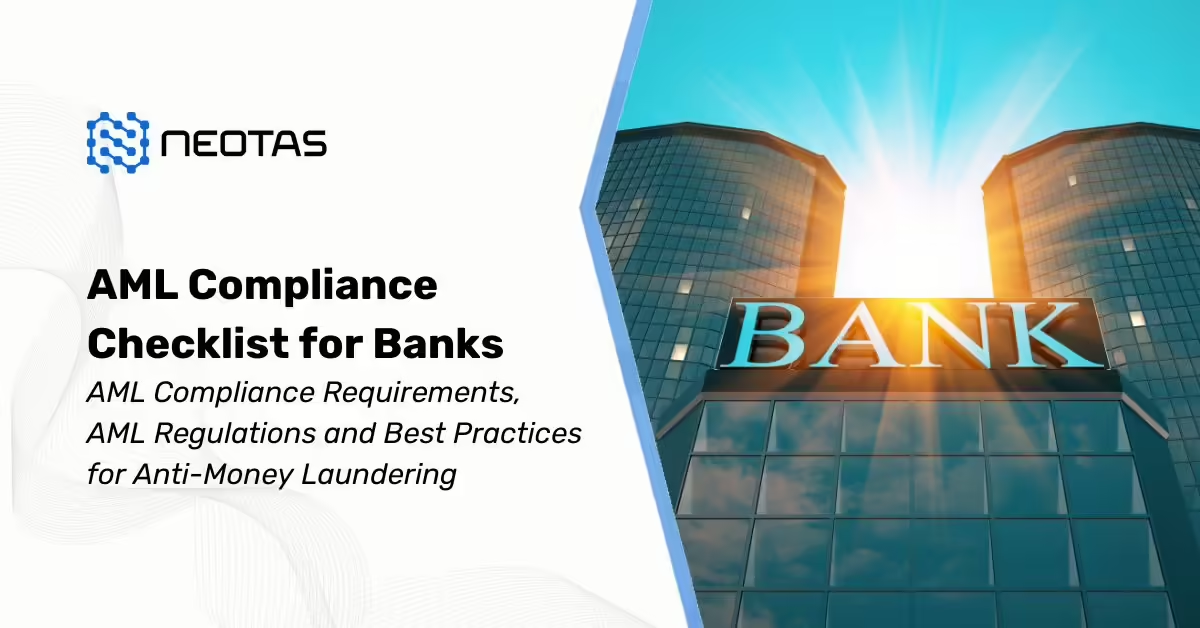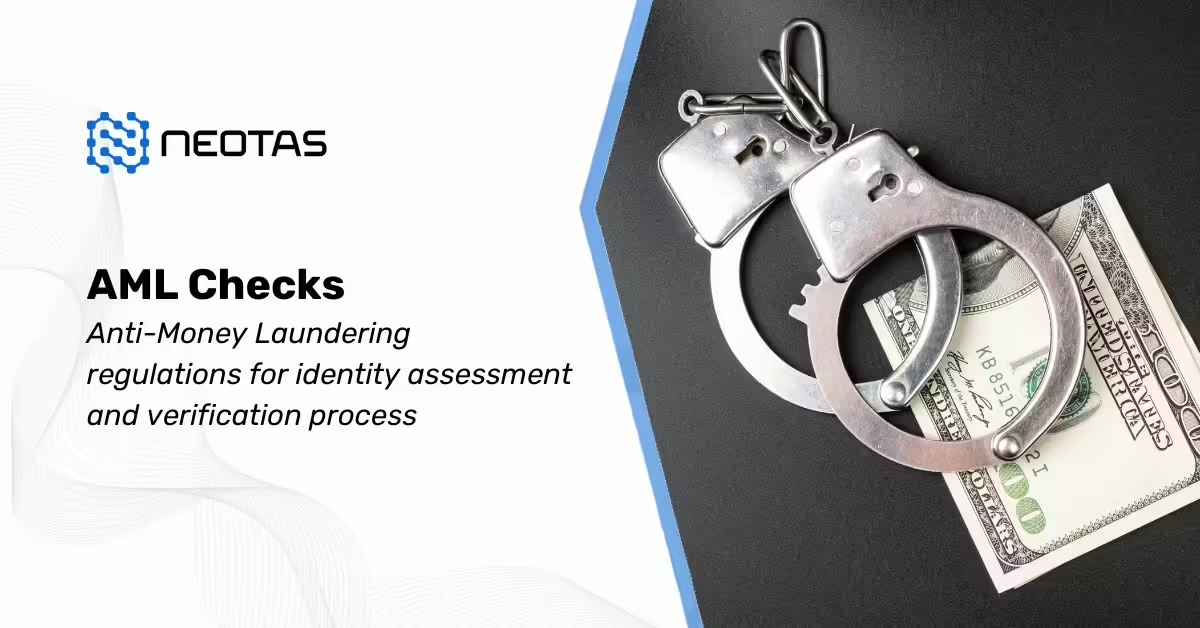Anti-Money Laundering Regulations
Anti-Money Laundering (AML) compliance checks and regulations are critical components of the global financial system. They ensure that financial institutions operate with integrity and transparency, preventing illicit activities such as money laundering and terrorist financing. This article aims to provide an in-depth understanding of AML compliance checks and regulations, focusing on their implementation, key components, and the evolving landscape in the UK.
What is Money Laundering?
Money laundering is the process by which criminals disguise the original ownership and control of the proceeds of criminal activities by making such proceeds appear to come from a legitimate source. This process is typically carried out in three distinct stages:
- Placement: This is the initial stage where illicit funds are introduced into the financial system. It often involves depositing cash into financial institutions or using the money to purchase assets like real estate, luxury goods, or vehicles. The goal is to make the funds less conspicuous and harder to trace.
- Layering: In this stage, the launderer attempts to separate the illicit money from its source by engaging in a series of complex financial transactions. These can include transferring funds between multiple accounts, converting money into different currencies, or investing in various financial instruments. Layering is designed to obscure the audit trail and make the money more difficult to trace.
- Integration: The final stage involves reintroducing the laundered money into the economy, making it appear as if it has been legitimately earned. This is done by purchasing goods, services, or investments, thereby fully integrating the illicit funds into the financial system without raising suspicion.
Understanding these stages is crucial for implementing effective AML measures, as each stage presents different risks and requires different detection strategies.
The Importance of Anti-Money Laundering Regulations
AML regulations are vital for several reasons, each contributing to the broader goal of maintaining the integrity and stability of the global financial system.
- Protecting Financial Systems: By preventing illicit funds from entering the financial system, AML regulations help maintain the stability and integrity of banks, investment firms, and other financial institutions. This, in turn, builds public trust in the financial system, which is essential for economic stability and growth.
- Combating Terrorism Financing: Terrorist organisations often rely on illicit financial flows to fund their activities. AML regulations are a critical tool in disrupting these funding networks, thereby hindering the ability of terrorists to carry out attacks. By targeting the financial resources of these groups, AML measures contribute directly to global security efforts.
- Undermining Organised Crime: Many criminal organisations engage in money laundering to conceal the proceeds of their illegal activities. By targeting money laundering, AML regulations can weaken the financial power of organised crime groups, making it more difficult for them to operate and expand their criminal enterprises.
- Promoting Economic Development: AML regulations contribute to a more transparent and stable financial environment, which can attract investment and promote economic growth. Countries with robust AML regimes are often seen as safer and more attractive places to do business, leading to increased foreign investment and economic development.
Key Components of Anti-Money Laundering Regulations
AML regulations are multifaceted, involving a range of measures that financial institutions must implement to prevent, detect, and report money laundering activities. The following are the key components of most AML regulatory frameworks:
1. Know Your Customer (KYC)
Know Your Customer (KYC) is a fundamental component of AML compliance, requiring financial institutions to verify the identity of their customers. The primary goal of KYC is to prevent financial institutions from being used, intentionally or unintentionally, by criminal elements for money laundering activities.
- Customer Identification Programme (CIP): The first step in KYC is to obtain and verify basic identification information from the customer. This typically includes name, date of birth, address, and identification numbers (e.g., passport number or national ID). Financial institutions must ensure that this information is accurate and up-to-date.
- Customer Due Diligence (CDD): Beyond basic identification, CDD involves assessing the risk level of each customer. This includes understanding the nature of the customer’s business, the purpose of the account, and the expected transaction patterns. High-risk customers, such as politically exposed persons (PEPs) or individuals from high-risk jurisdictions, require enhanced due diligence (EDD).
- Ongoing Monitoring: KYC is not a one-time process; financial institutions must continuously monitor customer accounts for any unusual or suspicious activity. This ongoing monitoring is crucial for detecting potential money laundering activities and ensuring compliance with AML regulations.
2. Customer Due Diligence (CDD)
Customer Due Diligence is a core aspect of AML regulations, focusing on understanding who the customer is and their financial behaviours. It involves gathering information on the customer to assess their risk level and to identify any suspicious activity that could indicate money laundering.
- Risk-Based Approach: CDD involves categorising customers into different risk levels based on factors such as their country of origin, type of business, and transaction patterns. High-risk customers, such as those involved in high-value transactions or operating in high-risk industries, require enhanced scrutiny.
- Transaction Monitoring: Financial institutions are required to monitor customer transactions on an ongoing basis. This involves looking for patterns that deviate from the norm, such as large cash deposits or transfers to offshore accounts. Automated systems are often used to flag suspicious transactions for further investigation.
- Enhanced Due Diligence (EDD): For customers who pose a higher risk of money laundering, financial institutions must perform Enhanced Due Diligence (EDD). This involves a more in-depth analysis of the customer’s activities, including more frequent monitoring and additional checks on the source of funds.
3. Suspicious Activity Reporting (SAR)
Suspicious Activity Reporting (SAR) is a critical tool in the fight against money laundering. Financial institutions are required to report any transactions or activities that they suspect may be related to money laundering or terrorist financing.
- Identifying Suspicious Activity: Suspicious activities are those that deviate from the customer’s normal behaviour or that cannot be reasonably explained. Examples include sudden large transfers, frequent transactions just below reporting thresholds, or the use of multiple accounts to move funds.
- Reporting Procedures: When a financial institution identifies suspicious activity, it must file a Suspicious Activity Report (SAR) with the relevant authorities, such as the Financial Intelligence Unit (FIU) in the respective country. The SAR must include detailed information about the suspicious activity, the parties involved, and any actions taken by the institution.
- Confidentiality: The process of filing a SAR is confidential, and the institution is not allowed to inform the customer that a report has been made. This is to prevent tipping off the suspect and to allow law enforcement to investigate without interference.
4. Recordkeeping
Recordkeeping is an essential part of AML compliance, requiring financial institutions to maintain detailed records of customer transactions and activities for a specified period. These records are critical for investigating suspicious activities and for regulatory audits.
- Transaction Records: Financial institutions must keep records of all customer transactions, including deposits, withdrawals, transfers, and exchanges. These records should include the amount, date, and nature of the transaction, as well as any relevant customer information.
- Customer Information: Institutions must also retain records of all customer identification and due diligence information. This includes copies of identification documents, risk assessments, and any correspondence related to the account.
- Retention Period: AML regulations typically require institutions to retain records for a minimum period, often five to seven years. However, in some cases, records may need to be kept for longer, especially if they are related to ongoing investigations or legal proceedings.
5. Training
Employee training is a crucial element of AML compliance, ensuring that all staff members are aware of the risks of money laundering and know how to identify and report suspicious activities.
- Training Programmes: Financial institutions must develop comprehensive training programmes tailored to the roles of different employees. These programmes should cover the basics of money laundering, the institution’s AML policies and procedures, and the specific responsibilities of each employee in preventing and reporting money laundering.
- Ongoing Education: AML training should not be a one-time event. Institutions must provide regular updates on new regulations, emerging threats, and changes to internal policies. This ongoing education helps employees stay informed and maintain a high level of vigilance.
- Documentation: Institutions must document all training activities, including the content of the training, the employees who participated, and the dates of the training sessions. This documentation is important for demonstrating compliance during regulatory audits.
6. Risk Assessment
Risk assessment is a proactive approach to AML compliance, involving the identification and evaluation of potential vulnerabilities within the financial institution that could be exploited for money laundering.
- Institutional Risk Assessment: Financial institutions must conduct regular risk assessments to identify areas where they may be vulnerable to money laundering. This includes evaluating the effectiveness of existing controls, the adequacy of employee training, and the overall risk environment.
- Customer Risk Assessment: In addition to institutional risk assessments, financial institutions must assess the risk posed by individual customers. This involves evaluating factors such as the customer’s location, type of business, and transaction history.
- Mitigation Strategies: Once risks have been identified, institutions must develop strategies to mitigate them. This may involve implementing additional controls, enhancing employee training, or improving monitoring systems.
International Standards and Organisations for AML Law and AML regulations
AML regulations are influenced by international standards and organisations that set guidelines and promote cooperation in the fight against money laundering and terrorist financing. The following are some of the key players in the global AML landscape:
1. Financial Action Task Force (FATF)
The Financial Action Task Force (FATF) is an intergovernmental organisation that sets international standards for combating money laundering and terrorist financing. Established in 1989, the FATF develops policies and recommendations that countries are encouraged to adopt to prevent financial crime.
- FATF Recommendations: The FATF’s 40 Recommendations are considered the global standard for AML and counter-terrorist financing (CTF) measures. These recommendations cover a wide range of topics, including customer due diligence, recordkeeping, suspicious activity reporting, and international cooperation.
- Mutual Evaluations: The FATF conducts mutual evaluations of member countries to assess their compliance with the FATF Recommendations. These evaluations involve a thorough review of the country’s AML/CTF framework, including its laws, regulations, and enforcement mechanisms.
- FATF Blacklist and Greylist: The FATF maintains a list of countries that have strategic deficiencies in their AML/CTF frameworks. Countries on the FATF Blacklist are subject to increased scrutiny and may face economic sanctions, while countries on the Greylist are encouraged to improve their compliance.
2. United Nations Office on Drugs and Crime (UNODC)
The United Nations Office on Drugs and Crime (UNODC) is a key player in the global fight against money laundering, particularly in the context of organised crime and terrorism.
- AML Initiatives: The UNODC works with countries to develop and implement effective AML/CTF strategies, including legislative reforms, capacity building, and public awareness campaigns.
- Technical Assistance: The UNODC provides technical assistance to countries in areas such as legal drafting, institution building, and law enforcement training. This assistance helps countries strengthen their AML/CTF frameworks and enhance their ability to combat financial crime.
- International Cooperation: The UNODC promotes international cooperation in the fight against money laundering, including through the development of international treaties and agreements. This cooperation is essential for addressing the global nature of money laundering and terrorist financing.
3. Basel Committee on Banking Supervision
The Basel Committee on Banking Supervision is an international body that sets standards for the regulation and supervision of banks, with a focus on promoting financial stability and reducing systemic risk.
- AML Guidance: The Basel Committee provides guidance on AML/CTF measures for banks, including recommendations on customer due diligence, risk management, and internal controls. This guidance is intended to help banks implement effective AML/CTF programmes and comply with international standards.
- Compliance Monitoring: The Basel Committee works with national regulators to monitor banks’ compliance with AML/CTF standards and to identify areas where improvements are needed. This monitoring helps ensure that banks are taking the necessary steps to prevent money laundering and terrorist financing.
Challenges in AML Compliance
Despite the progress made in the fight against money laundering, financial institutions and regulators continue to face significant challenges in implementing effective AML programmes. These challenges include:
1. Evolving Threats
Money laundering methods are constantly evolving, with criminals developing new techniques to evade detection. This includes the use of digital currencies, complex corporate structures, and trade-based money laundering. Financial institutions must continually update their AML programmes to keep pace with these emerging threats.
2. Regulatory Complexity
AML regulations vary from country to country, creating a complex and sometimes conflicting regulatory environment for multinational financial institutions. Navigating these regulations can be challenging, particularly when operating in jurisdictions with differing legal requirements and enforcement practices.
3. Technology and Data Management
The rise of digital banking and financial technology has introduced new challenges for AML compliance. Financial institutions must invest in advanced technology and data management systems to detect and prevent money laundering. However, integrating these systems with existing infrastructure and ensuring data accuracy can be difficult.
4. Resource Constraints
Implementing and maintaining an effective AML programme requires significant resources, including financial, human, and technological. Smaller financial institutions, in particular, may struggle to allocate the necessary resources to comply with AML regulations, making them more vulnerable to money laundering activities.
5. Balancing Compliance and Customer Experience
Financial institutions must strike a balance between robust AML compliance and providing a positive customer experience. Strict AML measures, such as enhanced due diligence and transaction monitoring, can create friction for customers, potentially leading to dissatisfaction or loss of business.
The Future of AML Regulations
The landscape of AML regulations is continuously evolving, driven by technological advancements, emerging threats, and changes in the global regulatory environment. The following trends are expected to shape the future of AML compliance:
1. Increased Use of Technology
Technology will play an increasingly important role in AML compliance, with financial institutions adopting advanced tools such as artificial intelligence (AI), machine learning, and blockchain to enhance their AML programmes. These technologies can help automate processes, improve detection capabilities, and reduce the risk of human error.
2. Greater Focus on Beneficial Ownership
Regulators are placing increased emphasis on transparency around beneficial ownership, requiring financial institutions to identify and verify the ultimate owners of corporate entities. This is expected to be a key area of focus in the coming years, as it is critical to preventing the misuse of corporate structures for money laundering.
3. Global Harmonisation of AML Standards
Efforts to harmonise AML regulations across jurisdictions are likely to continue, with international organisations such as the FATF and the European Union leading the way. Greater harmonisation would help reduce regulatory complexity and create a more consistent global framework for AML compliance.
4. Enhanced Public-Private Collaboration
Collaboration between the public and private sectors is expected to increase, with financial institutions working more closely with regulators and law enforcement to combat money laundering. This collaboration could involve greater information sharing, joint investigations, and coordinated efforts to address emerging threats.
5. Emphasis on Ethical and Sustainable Finance
As the financial industry places greater emphasis on ethical and sustainable finance, AML regulations are likely to evolve to address the risks associated with environmental, social, and governance (ESG) factors. This could include the development of new standards and guidelines for assessing the AML risks associated with ESG-related activities.
AML Regulatory Framework in the UK
The UK has a robust regulatory framework for AML compliance, which is enforced by several key bodies. These regulations are designed to align with international standards and address specific risks within the UK financial system.
- Money Laundering, Terrorist Financing and Transfer of Funds (Information on the Payer) Regulations 2017 (MLRs 2017)
- Implementation of EU Directives: The MLRs 2017 implement the EU’s Fourth and Fifth Money Laundering Directives, setting standards for preventing money laundering and terrorist financing.
- Periodic Updates: These regulations are updated periodically to address new risks and ensure compliance with international standards.
- Proceeds of Crime Act 2002 (POCA)
- Comprehensive Measures: POCA provides a comprehensive legal framework for dealing with the proceeds of crime. It includes provisions for confiscation orders, money laundering offences, and civil recovery of criminal assets.
- Asset Recovery: The act enables authorities to recover assets obtained through criminal activities, thereby disrupting the financial gains of money laundering.
- Sanctions and Anti-Money Laundering Act 2018 (SAMLA)
- Post-Brexit Framework: SAMLA provides the UK with the power to implement its own AML and sanctions regime post-Brexit.
- Regulatory Autonomy: The act ensures that the UK can independently adjust its AML regulations to address specific risks and vulnerabilities.
- Financial Conduct Authority (FCA)
- Supervisory Role: The FCA supervises financial institutions to ensure compliance with AML regulations. It has the authority to conduct audits, impose fines, and take enforcement actions against non-compliant entities.
- National Crime Agency (NCA)
- Investigation and Prosecution: The NCA plays a pivotal role in investigating and prosecuting money laundering offences. It also receives and analyses SARs to identify and disrupt criminal activities.
Conclusion
AML regulations are a critical component of the global effort to combat financial crime, protecting the integrity of financial systems and contributing to global security. As money laundering methods evolve and new challenges emerge, financial institutions and regulators must remain vigilant and adaptable. By staying informed about the latest developments in AML regulations and investing in the necessary resources and technology, financial institutions can effectively mitigate the risks of money laundering and ensure compliance with international standards. The future of AML compliance will undoubtedly be shaped by ongoing technological advancements, regulatory changes, and increased collaboration between the public and private sectors.
About Neotas Due Diligence
Neotas Platform covers 600Bn+ archived web pages, 1.8Bn+ court records, 198M+ corporate records, global social media platforms, and 40,000+ Media sources from over 100 countries to help you build a comprehensive picture of the team. It’s a world-first, searching beyond Google. Neotas’ diligence uncovers illicit activities, reducing financial and reputational risk.
AML Solutions:
- Risk-Based Approach (RBA) to AML & KYC risk management
- Anti-Money Laundering (AML) Compliance
- Anti-Money Laundering (AML) Checks
- Anti-Money Laundering (AML) Regulations
- Anti-Money Laundering (AML) Compliance Checklist
- Anti-Money Laundering (AML) Compliance Checklist for Banks
- Anti-Money Laundering (AML) Transaction Monitoring
- Money Laundering Reporting Officer (MLRO) – Roles and Responsibilities of an MLRO
- What is Customer Due Diligence in Banking and Financial Services?
Due Diligence Solutions:
- Enhanced Due Diligence
- Management Due Diligence
- Customer Due Diligence
- Simplified Due Diligence
- Third Party Risk Management
- Open Source Intelligence (OSINT)
- Customer Due Diligence Requirements
- Introducing the Neotas Enhanced Due Diligence Platform
Due Diligence Case Studies:
- Case Study: OSINT for EDD & AML Compliance
- Overcoming EDD Challenges on High Risk Customers
- Neotas Open Source Intelligence (OSINT) based AML Solution sees beneath the surface
- ESG Risks Uncovered In Investigation For Global Private Equity Firm
- Management Due Diligence Reveals Abusive CEO
- Ongoing Monitoring Protects Credit Against Subsidiary Threat
- AML Compliance and Fraud Detection – How to Spot a Money Launderer and Prevent It
- What is Customer Due Diligence in Banking and Financial Services?



 Financial Crime Compliance Trends 2024
Financial Crime Compliance Trends 2024